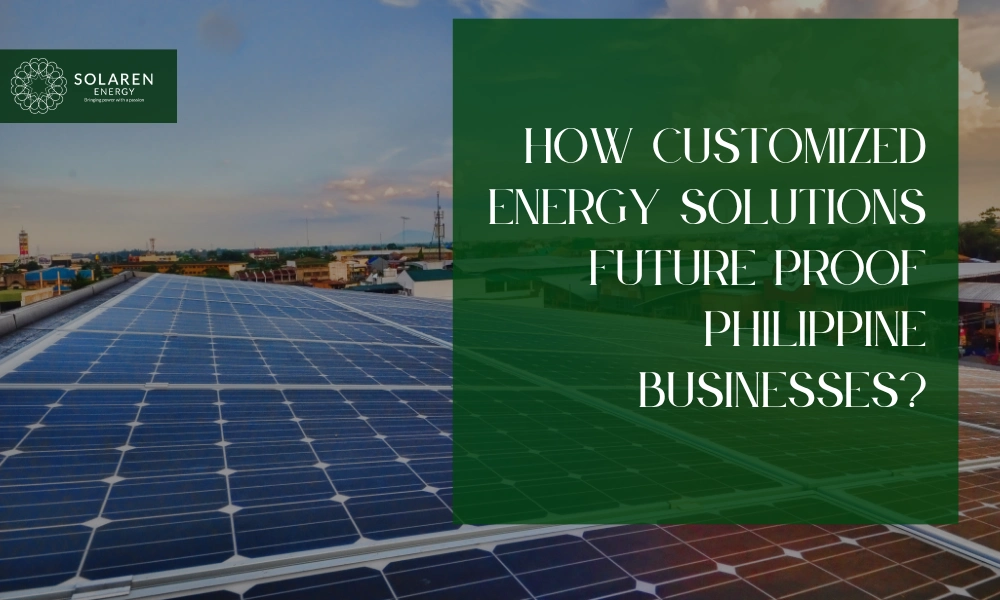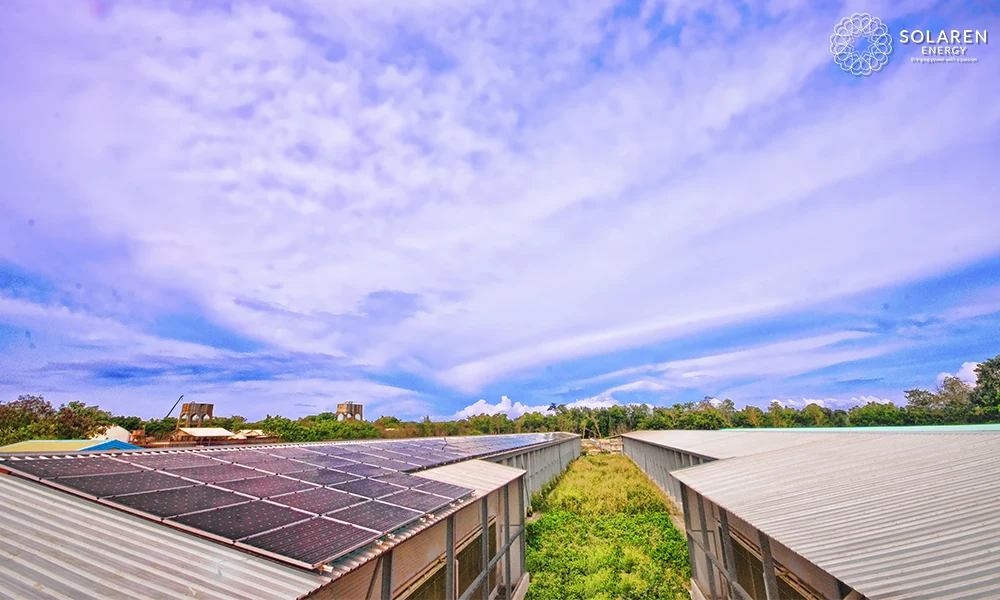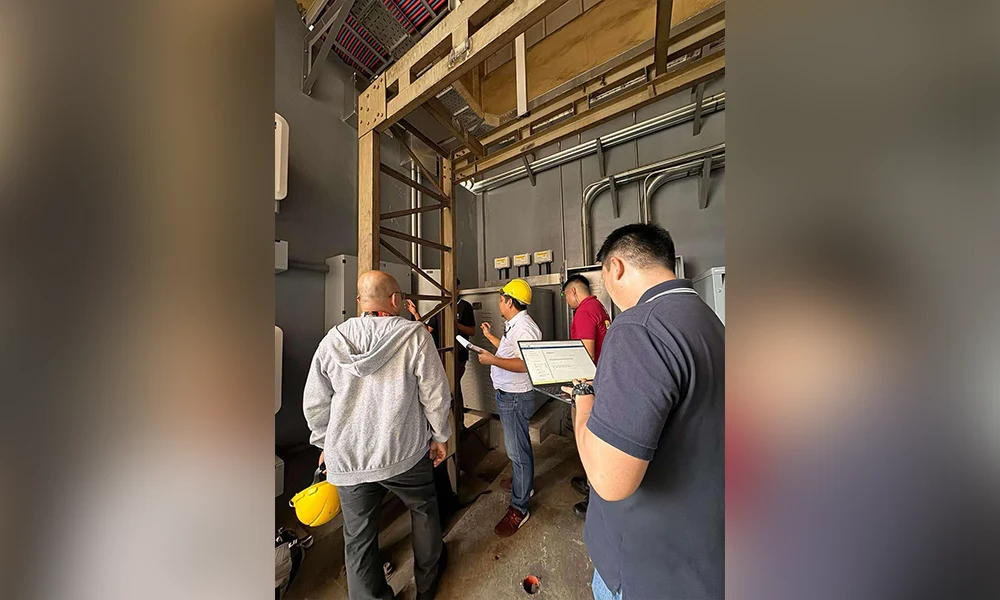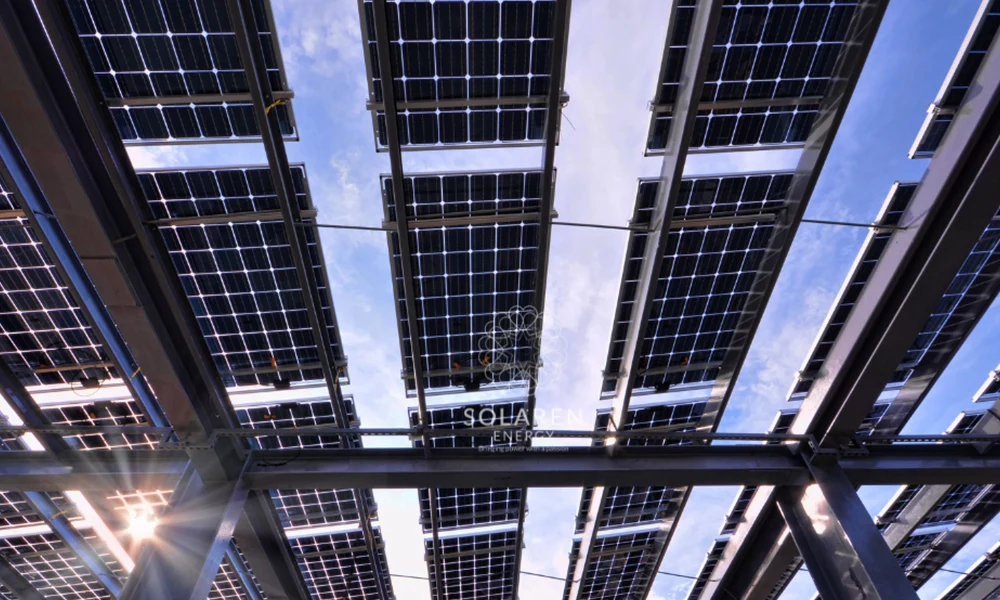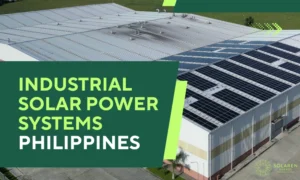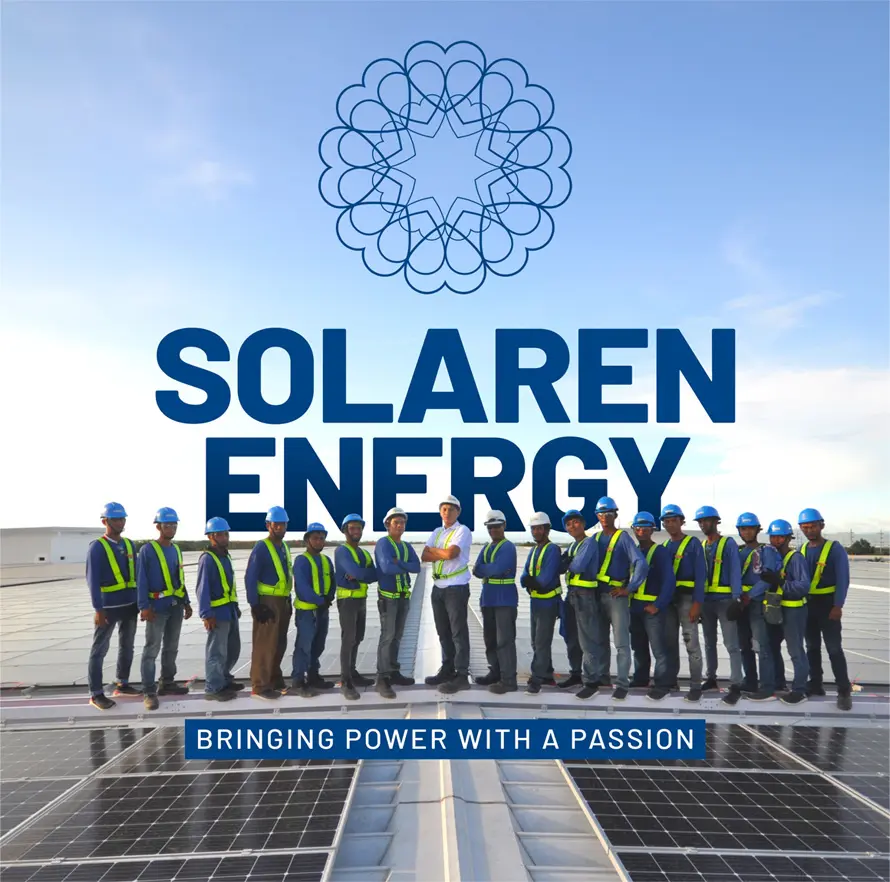Electricity costs in the Philippines have continued to rise, and the power grid faces heavier strain from higher demand and changing weather patterns. For local businesses, these pressures make energy planning a strategic decision rather than a simple utility expense.
Many companies are now turning to customized energy solutions that combine solar power, battery storage, and intelligent control systems. These are not off-the-shelf packages. They are built from the ground up to fit a company’s unique energy profile, operational rhythm, and financial priorities. A properly designed system can help a business cut costs, avoid downtime, and gain a measure of independence from an increasingly unpredictable grid.
Why Customized Energy Solutions Matter in 2025
Every business has its own energy fingerprint. A hotel must keep air-conditioning units running smoothly throughout the day. A call center depends on servers that never shut down. A food storage warehouse needs refrigeration that works at night, and a manufacturing plant requires voltage-stable power during production peaks.
Generic solar packages often overlook these differences. A custom energy system starts with a deep understanding of how a facility actually uses electricity. Engineers analyze load curves, equipment behavior, and backup priorities before recommending anything. By aligning design with real-world operations, these systems deliver higher returns, stronger reliability, and fewer surprises once installed.
What goes into a customized system
The process begins with a detailed energy audit. Engineers review twelve months of electricity data, inspect equipment loads, and monitor how energy demand changes hour by hour. They also note which operations are critical during outages. This profile becomes the foundation for system design.
Solar panels are then paired with the right type and size of battery storage. Smart software coordinates when to draw power, when to store it, and when to export excess energy back to the grid. In some cases, programmable inverters can shift non-critical loads to times when solar generation is at its peak.
Every design is built to comply with Philippine interconnection and net metering standards, ensuring smooth coordination with utilities and avoiding permit delays. The goal is to give clients a complete system that performs exactly as promised from the first day of operation.
The business case for customization
Well-designed customized systems can lower electricity bills by thirty to sixty percent. They reduce unplanned downtime, protect equipment from voltage fluctuations, and help businesses meet sustainability commitments demanded by investors and supply chain partners.
For industries such as food processing, logistics, and retail, these savings go beyond the balance sheet. Reliable power keeps products moving, prevents spoilage, and maintains consistent production. Battery-supported systems also ensure continuity during brownouts, which remain common in several parts of the country.
Before construction begins, Solaren conducts simulations that estimate projected ROI, tariff savings, and outage coverage. This allows business owners to make informed decisions and understand the payback period long before installation starts.
Industry examples
Hotels and resorts can shift air-conditioning and pool pumps to daytime solar production, reducing diesel generator use during outages.
Cold storage operators run compressors on battery power at night to prevent spoilage and maintain temperature consistency.
Factories use customized systems to stabilize voltage, protect sensitive electronics, and maintain automated processes even during grid disturbances.
Retail chains power lighting, refrigeration, and point-of-sale systems from hybrid solar setups that continue working through brownouts.
Each installation serves different goals, but all share the same foundation: energy designed around actual operational needs.
Incentives that improve affordability
Government programs now make renewable adoption easier for commercial users. Under the Green Energy Option Program (GEOP), qualified businesses can source electricity directly from renewable providers at lower rates.
The Energy Regulatory Commission recognizes behind-the-meter batteries as part of renewable energy storage solutions, allowing companies to earn credits of ₱5.638 per kilowatt hour for solar exported after sunset. Projects installed before December 2026 may also qualify for VAT-free import of battery components and access to green grant funding.
Solaren handles all permit applications, compliance submissions, and documentation under its turnkey solar power company service, removing the administrative burden for clients.
Technology options that define performance
The technology mix for solar installation in the Philippines has advanced quickly. Lithium Iron Phosphate (LFP) batteries remain the industry standard for daily use because they are safe, efficient, and capable of more than ten years of service.
Sodium-ion batteries are emerging as a cost-effective option, charging faster and performing well in higher temperatures. Vanadium flow batteries, designed for heavy industrial users, last more than twenty years and carry no fire risk.
Hybrid inverters tie the system together, managing solar input, battery output, and grid interaction from one control platform. Intelligent switching allows seamless transitions between power sources and maximizes energy harvest.
Case study: Logistics facility in Cavite
A logistics center in Cavite recently installed a 350-kilowatt rooftop solar array with a 240-kilowatt-hour LFP battery bank. The system prioritizes cooling systems, lighting, and loading dock operations through intelligent controls.
Since commissioning, the site has cut peak-hour consumption nearly in half and recorded zero downtime during two scheduled grid outages. The payback period is estimated at under four years, followed by more than a decade of consistent savings.
Financing that fits business growth
Customized systems no longer require large cash outlays. Green loans and lease-to-own financing through partner banks and financial institutions make the transition accessible.
Typical terms range from three to five years with rates between six and eight percent. Monthly payments often equal or fall below what companies previously paid for electricity, which means many clients become cash-flow positive immediately.
Solaren’s financing partners also provide zero-collateral options for smaller projects, ensuring that energy upgrades can progress even when capital budgets are tight.
Looking ahead
Battery prices are expected to keep dropping while grid volatility and carbon charges increase. Businesses that act early will secure lower energy costs and greater resilience against supply disruptions.
Customized systems do more than save money. They strengthen competitiveness, reduce environmental impact, and give companies full control over how they use power. For Philippine enterprises planning beyond 2025, investing in a customized energy solution is not just about technology. It is a long-term strategy for stability, sustainability, and growth.

